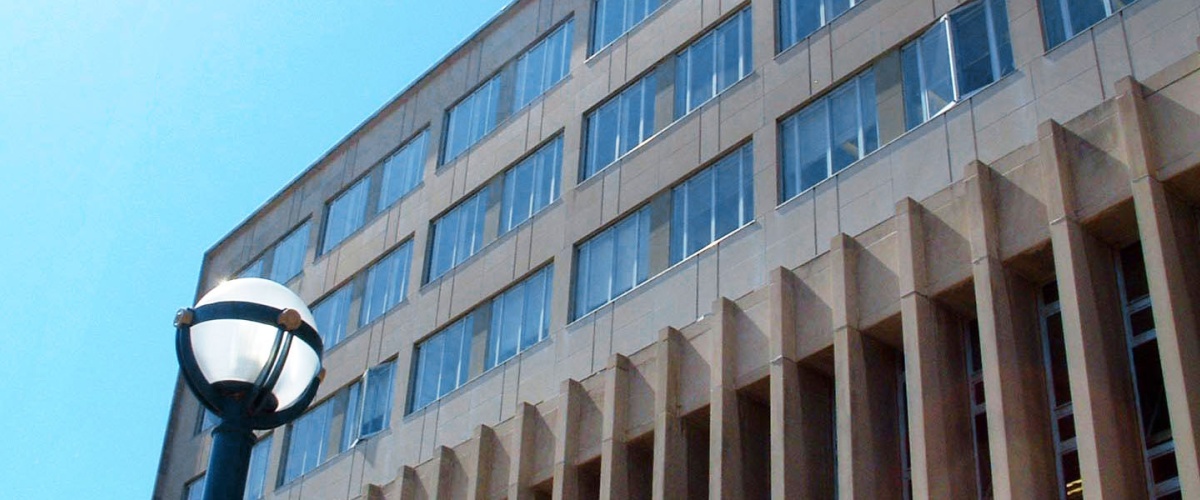
Madison's Housing Crisis
postedMadison’s housing crisis has been much in the news recently, from the Core Spaces debate about luxury student housing downtown to the process we’re currently undergoing with the Comp Plan Interim Update. There was also an article published last week about how most of the new apartment buildings being built are unaffordable to average renters in the city.
A draft version of the 2023 Housing Snapshot Report was released last week at the meeting of the Housing Strategy Committee. D3 Alder Derek Field, who sits on that committee, shared his notes from the staff presentation in a recent blog post. Here are some of his highlights:
- The city is seeing a loss in lower-income households and a gain in higher-income households.
- The newest units being built are among the least affordable, due primarily to the high cost of land and rising constructions costs.
- The rental vacancy rate is well below healthy levels.
- Renting households at multiple income levels are competing for the more affordable units in the housing market.
- Increasing numbers of high-income households are moving to the city and competing for high-end and middle-tier housing, driving up housing costs.
- Over 11,000 low-income households are “renting up” and over 13,000 high-income households are “renting down.” In other words, our housing market is squeezed at both ends due to a shortage of market-rate and income-restricted units.
The Housing Snapshot Report confirms what I’ve been saying for some time now. We need a lot more housing at all price levels, and that includes market-rate housing. If we fail to build enough housing, the existing housing stock will continue to get bid up in price. But it’s also true that we cannot build our way out of this crisis. The speculative real estate market cannot build what the average renter needs. Consequently, the city must expand its investments in affordable housing.
That’s why we need to see our city’s housing crisis as a local emergency. Consider the consequences when lower and middle-class residents move out of the city. After moving to other municipalities like Sun Prairie, many of these former residents will still be working in Madison, increasing traffic congestion and greenhouse gas emissions.
And consider the impact on MMSD. Families fleeing Madison in search of more affordable housing elsewhere means declining student enrollments. And since state revenue for our schools is allocated based in part on enrollments, the current fiscal challenges of the school district are made even worse.
It’s not all bleak, however. I’m encouraged by the plans to redevelop the Triangle, a $300 million investment which will result in a net increase of over 800 units. I’m equally excited about the $200 million project proposed for the South Transfer Point at S. Park and W. Badger Rd, which like the Triangle redevelopment, is located along high-frequency transit, a prime spot for density. Folks are moving into the Park Cedar Apartments on the Truman Olson site, and the city has posted the results of the RFP for the mixed-income youth housing project at 1202 S. Park.
We have a long way to go, but we are making progress.
Tag
